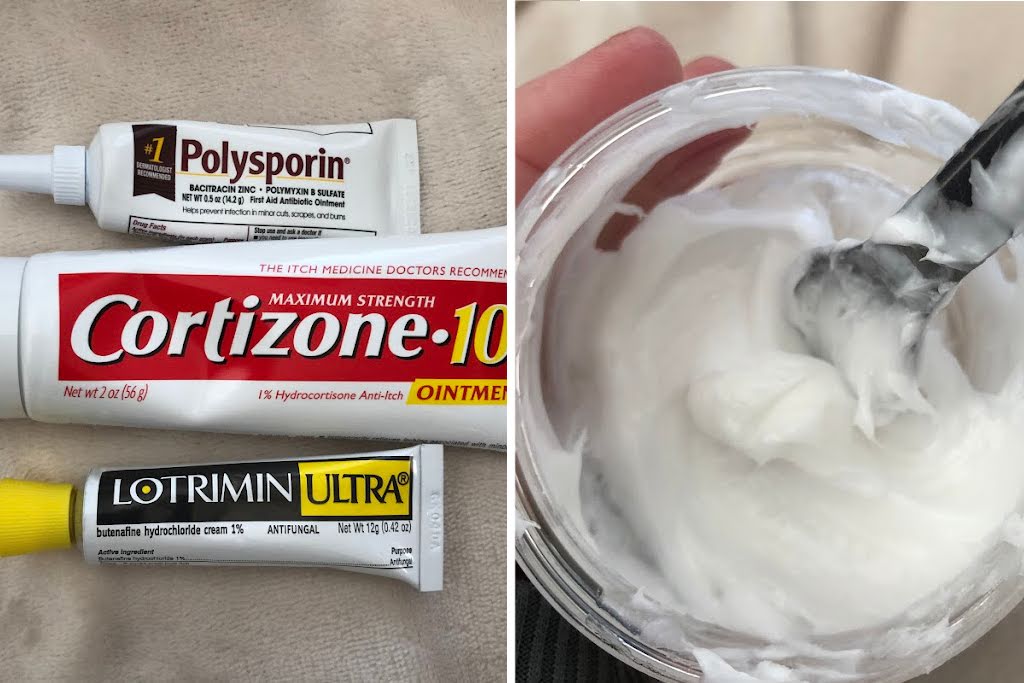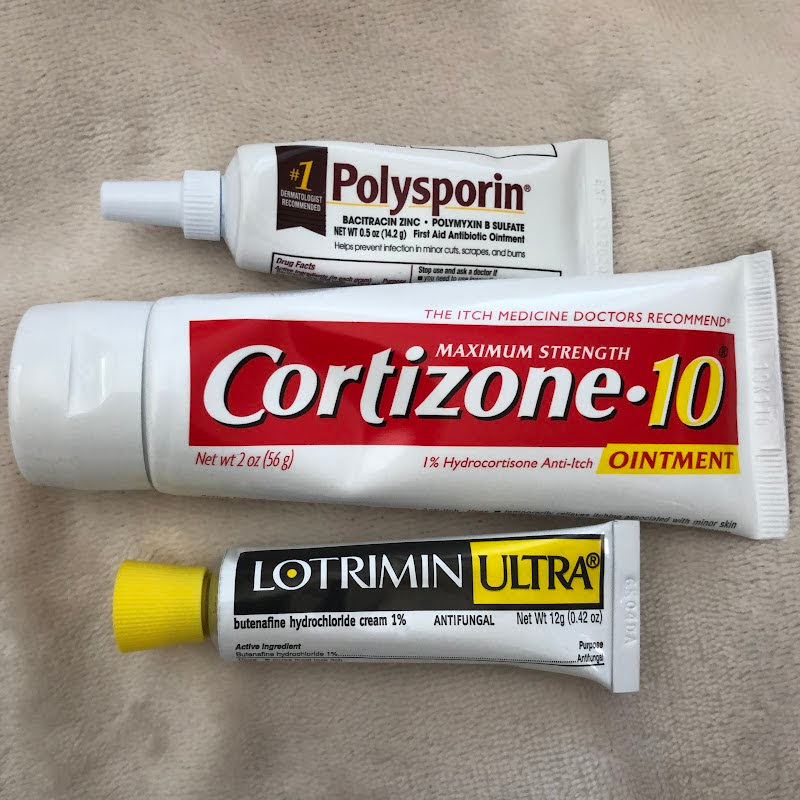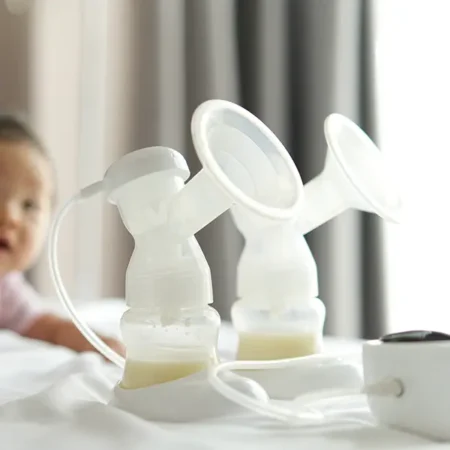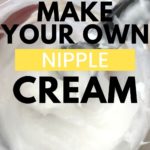Are you struggling with soreness, thrush, or a cracked nipple from breastfeeding? OTC APNO is a nipple cream that might be able to help! Here’s everything you need to know about what it is, and when to consider using it.

This post may contain affiliate links, which means if you click a link and purchase something, I may make a small commission at no additional cost to you. I only recommend products I love! More information here.
What is APNO?
APNO stands for All Purpose Nipple Ointment, and it’s a nipple cream that was invented by Dr. Jack Newman, a breastfeeding expert.
APNO is designed to treat multiple potential causes of nipple pain resulting from breastfeeding.
It contains an antibiotic (which fights bacteria), an anti-inflammatory (a corticosteroid, which eases pain and reduces itchiness and swelling) and an anti-fungal (which fights yeast).
Because breastfeeding or pumping must happen every few hours around the clock during the newborn phase, a breastfeeding mother may not be able to try one possible solution, wait a few days and find it doesn’t work, and then try another. APNO combines several solutions into one to give the mother relief as quickly as possible.
When should APNO be used?
APNO can be a good option if you’re having pain related to breastfeeding and are working on resolving the underlying core issue.
For example, some women have pain related to nipple damage from a poor latch or an incorrectly sized breast shield.
APNO may be helpful in healing and providing relief while they work on adjusting the latch or getting a new breast shield, especially if the exact cause of the pain (i.e., nipple damage, thrush, etc.) is unknown.
How can you get prescription APNO?
To get prescription APNO, you need to get a prescription from your doctor filled at a compounding pharmacy. (Compounding pharmacies mix medications themselves.)
This is how Dr. Newman writes the prescription:
1. Mupirocin ointment 2%: 15 grams
2. Betamethasone ointment 0.1%: 15 grams
3. To which is added miconazole powder to a concentration of 2% miconazole
Total: about 30 grams combined. Apply sparingly after each feeding. Do not wash or wipe off.
NO SUBSTITUTIONS
– Dr. Jack Newman, “All-Purpose Nipple Ointment”
You can print it out from his website and bring it to your doctor.
(Note that in our Facebook group, some women said that their doctor knew of this mixture not as APNO but as the “Jack Newman cream.”)
How do you make OTC APNO?
You can also make a form of all purpose nipple ointment using ingredients you can buy over the counter at a drugstore.
Even though you can get these ingredients over the counter, you should talk to your doctor and/or pediatrician before using APNO. (You don’t necessarily have to wait for an appointment, I would just call the office and talk to a nurse prior to use.)

OTC APNO is made using the following three ingredients (credit for this recipe to Momma Alia):
- Polysporin – This is the antibiotic; you should get brand name
- Lotrimin Clotimazole cream or Monistat 7 – This is the anti-fungal; you can buy generic
- Cortizone 10 Intensive Healing Formula – The is the corticosteroid; you can buy generic
Mix equal parts of these three creams together in a bowl. (I measured a teaspoon and a half of each.)
I bought some travel jars to store the cream in; I think you could also use any small, clean plastic container with a cover.

Here’s where you can get the ingredients for all purpose nipple ointment on amazon: Polysporin, Lotrimin Clotimazole, and Cortizone 10.
How do you use APNO?
Again, I would suggest talking to your doctor before using APNO.
Dr. Newman’s instructions for using all purpose nipple ointment are to apply it sparingly (just enough to make your nipples and areola area shiny) after each pumping or nursing session.
Make sure to continue to work on whatever underlying issue is causing your pain or nipple damage. You should not need to use APNO indefinitely; follow up with your doctor if you don’t see improvement in a few weeks.
Need help with exclusive pumping? Use EPUMP30 for 30% off
OTC APNO vs Lanolin
Many women wonder what the difference is between APNO and lanolin.
Lanolin is a wax secreted by sheep, and some women find it helps in soothing and protecting sore nipples.
As stated above, OTC APNO is a mix of an antibiotic, anti-fungal, and anti-inflammatory and can help you get relief from several breastfeeding and pumping issues.
More on traditional nipple creams here.
Hopefully this helps you with everything you need to know about APNO and making DIY APNO at home! If you’ve made your own, let us know how it went in the comments!
References
- Newman, Jack. “All Purpose Nipple Ointment.” International Breastfeeding Centre. https://ibconline.ca/information-sheets/all-purpose-nipple-ointment-apno/
- Momma Alia. “Homemade All Purpose Nipple Ointment Recipe + What It’s Used For.” https://www.youtube.com/watch?v=lIxoSrF7UHs
















